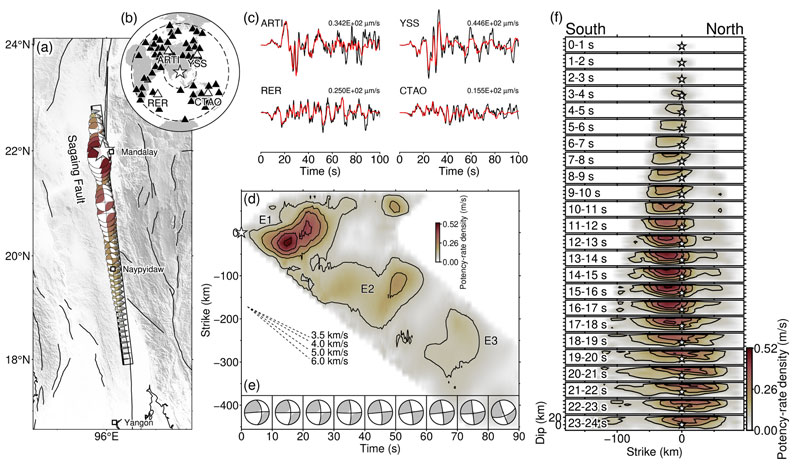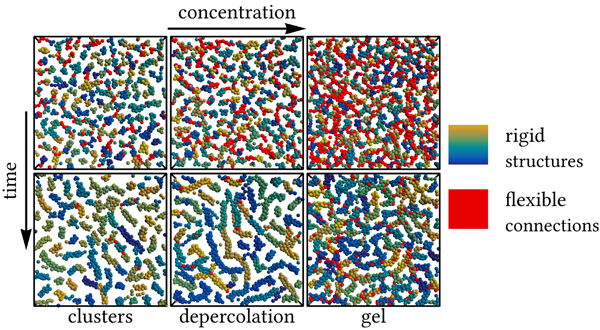2025-05-26 北陸先端科学技術大学院大学,北海道大学

図1 本研究のイメージ。ハイスループット実験データを基に学習したAIによって探索・活用・予期せぬ発見をバランスした触媒推薦を行います。推薦された触媒はハイスループット実験によって評価されるという再帰的なループによって、AIは高性能触媒の推薦効率を上げていきます。
<関連情報>
- https://www.jaist.ac.jp/whatsnew/press/2025/05/26-1.html
- https://pubs.acs.org/doi/10.1021/acscatal.5c00100
探索・活用・予期せぬ発見を統合した触媒発見のためのデータ科学的アプローチ A Data-Science Approach to Experimental Catalyst Discovery: Integrating Exploration, Exploitation, and Serendipity
Sunao Nakanowatari,Keisuke Takahashi,Hieu Chi Dam,Toshiaki Taniike
ACS Catalysis Published: May 8, 2025
DOI:https://doi.org/10.1021/acscatal.5c00100
Abstract
Predicting the performance of heterogeneous catalysts is difficult because it involves complex interactions and unknown elementary reactions; hence, traditional catalyst development relies on trial and error. Machine learning offers a structured approach to address these issues. However, this approach is limited by challenges such as descriptor design, sparse data, and context-dependent interactions. In this study, two machine learning systems were developed to address these challenges in catalyst discovery: a recommender system that balances exploration and exploitation, and a serendipiter that identifies unexpected discoveries for the recommender─catalysts expected to exhibit high performance despite being predicted as most likely non-high-performing. These systems were tested on the oxidative coupling of methane, and the results demonstrated a promising improvement in the efficiency of catalyst discovery. The recommender, based on evidence theory, uses binary combinations of catalyst components as descriptors to predict performance. It handles incomplete data by quantifying contradictions and uncertainty, facilitating a balance between exploration (testing unevidenced catalysts) and exploitation (refining known high-performing ones). The recommender efficiently identified a diverse range of high-performing catalysts through adaptive sampling with 160 catalysts. The serendipiter, a meta-learner, identifies unexpected high-performing catalysts by leveraging different machine learning models. It increased the occurrence of serendipitous discoveries to 50%, compared to 3% with the recommender alone. In summary, these systems improve the efficiency and reproducibility of catalyst discovery by balancing exploitation, exploration, and serendipity.



